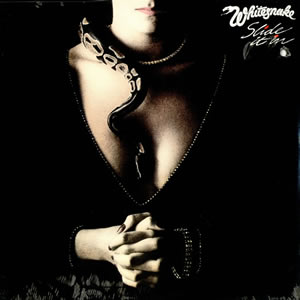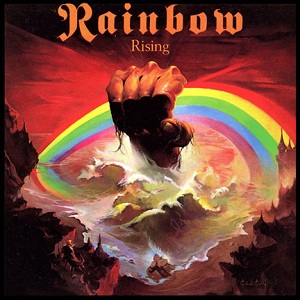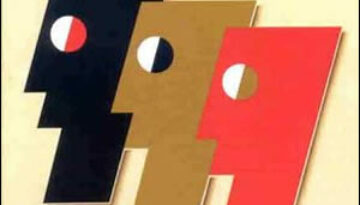Slide It In by Whitesnake
Buy Slide It In Whitesnake made its first real splash with the release of their sixth album, Slide It In in 1984. Although the album was far from a blockbuster hit, a second […]

Buy Slide It In Whitesnake made its first real splash with the release of their sixth album, Slide It In in 1984. Although the album was far from a blockbuster hit, a second […]

Buy Rising Rainbow returned with a revamped lineup and fresh approach for the group’s second studio album, Rising. The record is comprised of six solid compositions which are comparable to the material the […]

Buy Emerson, Lake and Powell Emerson, Lake & Powell was a quasi-supergroup which existed in the mid-1980s and released a singular, self-titled studio album. The trio was two-thirds of the 1970s group Emerson, […]